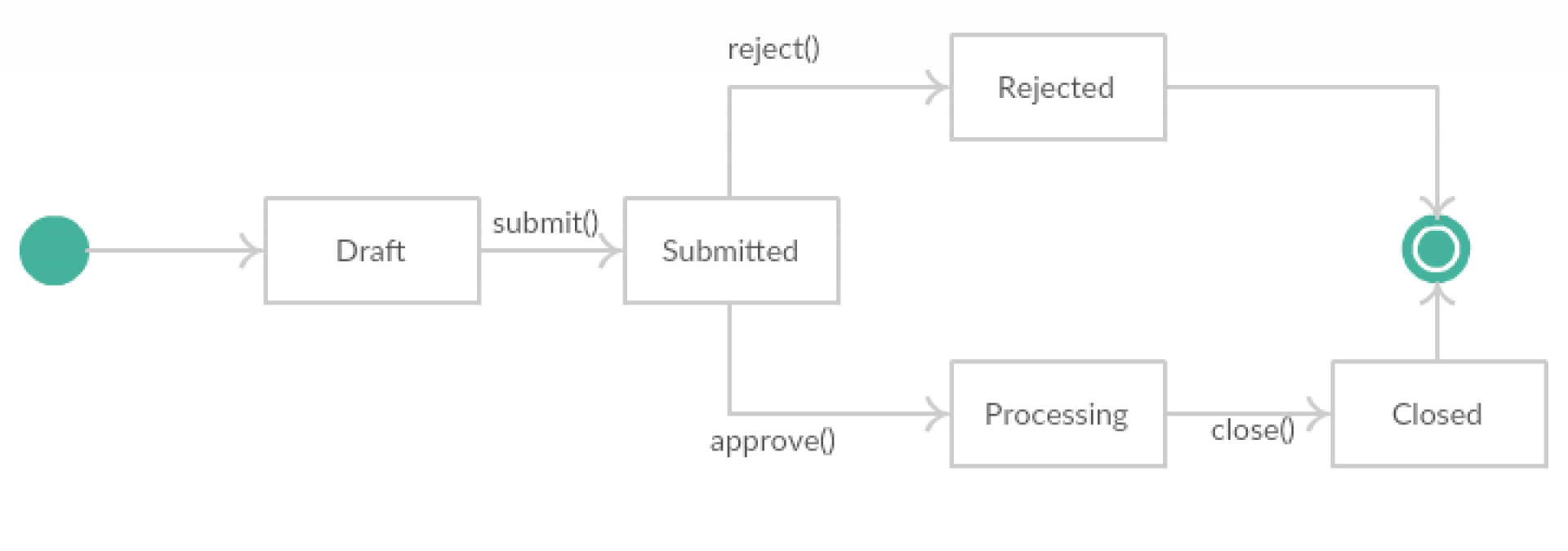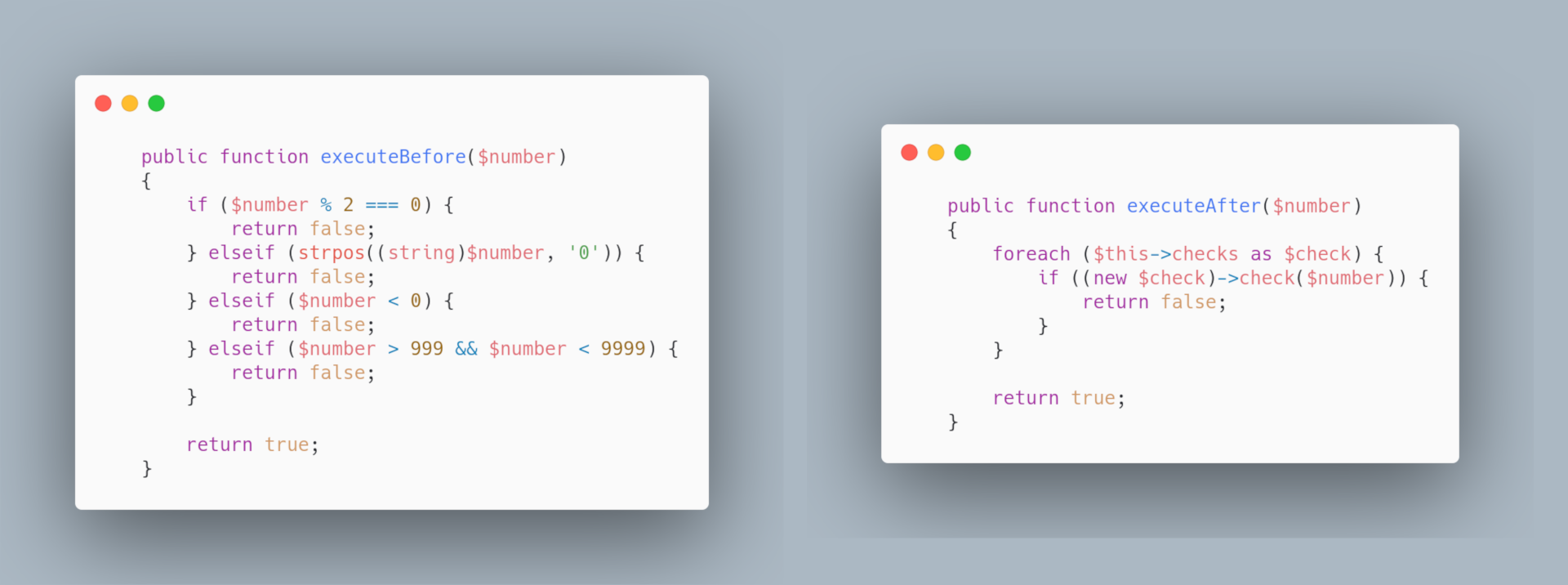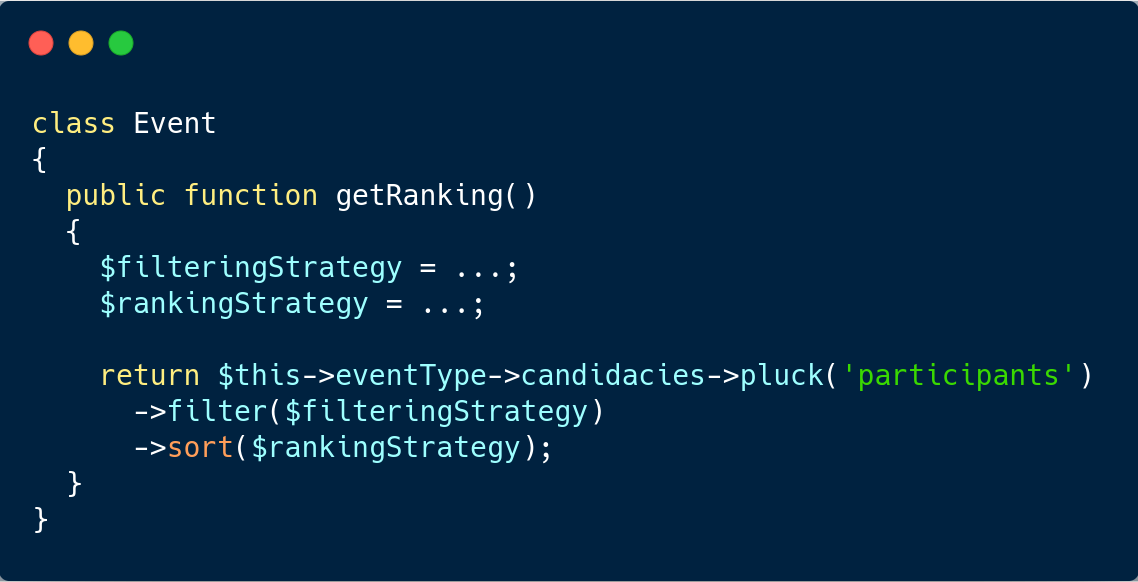TDD implementation of Finite State Machine (FSM) with Laravel
This article describes a TDD (Test Driven Development) approach to implement a Finite State Machine (FSM) using PHP+Laravel. However, such method is general and could be used in the programming language of your choice.
Category:
Development
04/07/2018
20865 times

Related posts


